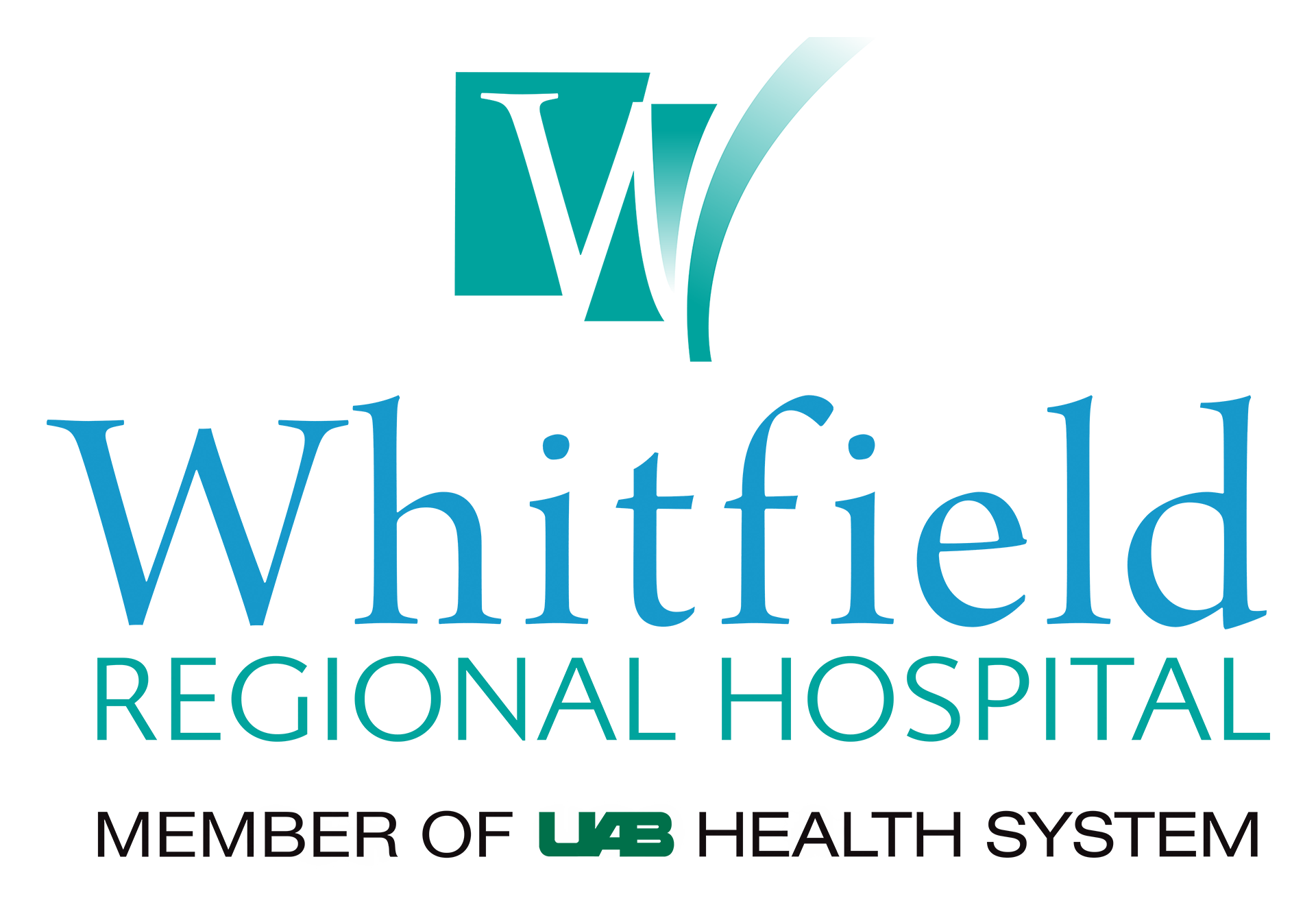We offer quality imaging services from board-certified radiologists using advanced technology for a complete range of procedures to assist your physician in diagnosing medical conditions and start you on your road to recovery. Our completely digital department provides general radiology, fluoroscopy, mammography, bone density, CT, MRI, ultrasound, interventional radiology and nuclear medicine in a professional and compassionate environment.
Ultrasound is the use of high-frequency sound waves to create images from within the body. By using these sound waves, images can be obtained of a variety of internal organs and structures. Ultrasound is utilized in studies of the major organs including the heart, blood vessels and in obstetrics where the unborn baby can be observed.
Our advanced, trained and credentialed team of ultrasound sonographers have years of experience with ultrasound imaging and work in conjunction with our board-certified radiologists to use a vast array of imaging procedures from the embryo to the elderly ensuring that they are providing our patients with the best possible medical care.
Exams and services offered include:
An echocardiogram is a safe, non-invasive diagnostic test that uses high-frequency sound waves (not detectable by the human ear) to produce moving images of the heart. An echocardiogram is performed to:
We use state-of-the-art GE Discovery nuclear medicine imaging dual scanner detectors, which decrease scanning time by 50%. We offer more than 20 different procedures including gallbladder, cardiac and bone. Hyperthyroidism therapy is available.
Healthcare providers use fluoroscopy for diagnostic purposes and visual guidance during certain procedures (known as interventional guidance).
Physicians use fluoroscopy for two main reasons:
Some of the body systems visualized include:
Using state-of-the-art technology for metal artifact reduction, iterative reconstruction algorithms, adaptive collimation and countless integrated safety measures, we deliver the highest quality images while lowering radiation dose.
MRI is one of the safest, most comfortable ways to obtain clear, detailed pictures of the inside of the human body without the use of X-rays, surgery, or biopsy. MRI scans are painless for the patient and offer such accurate images that physicians can often obtain as much information from the MRI scan as if they were looking directly at the tissue.
In general radiology, X-rays are used to create images of the body's internal structures. General radiology is commonly used to direct problems with bones, lungs and other internal structures. These diagnostic X-rays use small amounts of radiation that pass through specific area(s) of interest. Radiation in these quantities is generally considered very safe.
Fluoroscopy is a medical imaging procedure that uses several pulses (brief bursts) of an X-ray beam to show internal organs and tissues moving in real time inside your body. X-rays are like photographs, whereas fluoroscopy is like a video.
Healthcare providers use fluoroscopy for diagnostic purposes and visual guidance during certain procedures (known as interventional guidance).
Physicians use fluoroscopy for two main reasons:
Some of the body systems visualized include:
We use Hologic 3D Genesis mammography, a full-field digital offering 3D tomosynthesis. This service is ranked No. 1 by KLAS Research, and patients see fewer callbacks, earlier diagnosis and better detection in dense tissue much earlier than standard 2D mammography.
Bone densitometry is an accurate, painless and quick way to measure bone density. It also helps physicians to recommend the most proper course of prevention or treatment.
For copies of images and reports:

© 2024 All Rights Reserved.